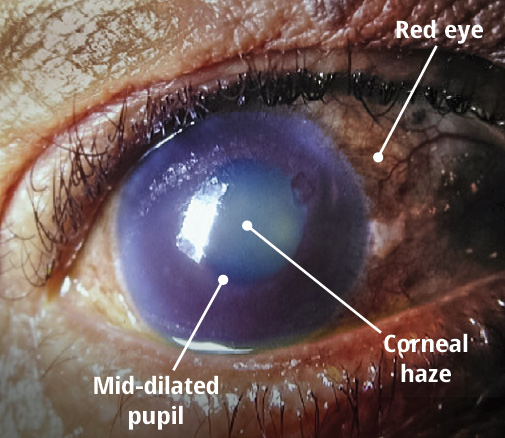 Dr. Siddhartha Ghosh
Dr. Siddhartha Ghosh
Consultant Ophthalmologist (MBBS, MS)

Glaucoma is a disease where the optic nerve is affected. Optic nerve is that part of the eye which transmits the image from the eye to the brain. There are many types of Glaucoma and there are various ways to treat it. Early detection and treatment can stabilize vision.
In the healthy eye, a clear fluid called the aqueous humour circulates inside the front portion of the eye. To maintain a healthy normal eye pressure, a small amount of aqueous humor is produced and an equal amount is drained out through the microscopic drain situated in the angle of the anterior chamber. In open angle glaucoma, the fluid doesn't flow out through the drainage angle properly and therefore the fluid pressure inside the eye increases. This pressure is transmitted in the back of the eye and presses on the optic nerve causing damage to the nerve fibers.
It is important to understand that Glaucoma has no symptoms early in its course. Early detection and treatment can delay further vision loss. Screening for glaucoma is recommended for all people above 60 years of age, people with a family history of glaucoma and people with elevated eye pressure. We should remember that there is no cure for glaucoma and the optic nerve damage is not reversible.
Fortunately there are a number of ways to treat Glaucoma. While some people may experience side effects from medication or surgery, the risk of side effects should always be balanced against the greater risk of leaving glaucoma untreated and loosing vision.